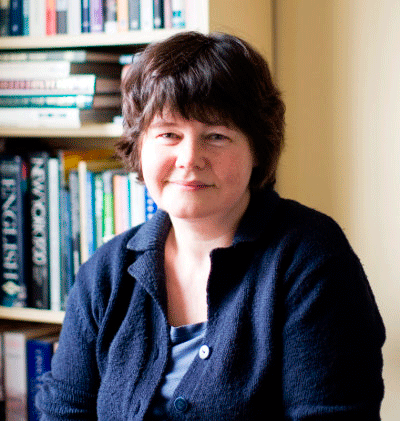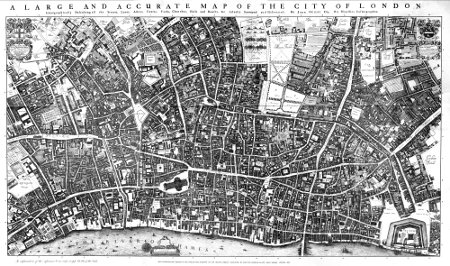
|
Published: 12 September 2011
Carolyn Steel’s Hungry City
As an architect, Carolyn Steel used to think about the city through its built environment. Now, the author of Hungry City thinks about it through food: and urges us all to do the same. She wants us to envision cities that have food at their centre, literally and metaphorically. For Steel, this is one of the most urgent tasks facing our increasingly urbanised world, in which by 2030, nearly five billion (61 per cent) of Earth’s 8.1 billion people will live in cities.1
Hungry City was published in 2009 and took Steel seven years to write. It is, in many ways, a history that explains how it has become possible for urbanites to no longer know – and therefore care – about where their food comes from or how it got onto their plates.
In pre-industrial cities, fresh food was a visible, social and political part of daily life.
‘Originally, food for the city would have simply been grown in its immediate hinterland,’ says Steel, ‘Cities have long shaped their hinterland through their appetite.’
But, the reverse has also been true. ‘Most pre-industrial cities were dense, tight cities for the simple reason that it made them easier to feed,’ she says. Bringing food into urban spaces was difficult and complicated.
The city needed to be walkable: not only for its denizens, but for the animals that people ate, which were brought into the city to be slaughtered and sold. Says Steel: ‘It would have been very difficult to live in London and be unaware of where your food came from. In fact, if you were eating your Sunday lunch, chances are it would have been moving or bleating outside your window a few days earlier.’
Among the illustrations in Hungry City is a map of London from 1676. The street names tell the story. Livestock were walked in through Cowcross Street, Chick Lane, and Cock Lane. Markets for fish and grain, which were brought in by river, were at the docks – and leading away from them are Bread Street and Fish Street.
Then came the railways, enabling the separation of spaces that food and people occupy: emancipating the city from its geography, and allowing ‘the governance of food distribution to be transferred from civic to private hands’. With industrialisation, ‘food is taken out of the city and put into supermarkets’, says Steel.
Steel’s contemporaries in the popular sociology of food are writers such as Raj Patel, Michael Pollan and George Monbiot. They share her view that the invisibility of the food sourcing and supply process to urban dwellers has had dire unintended consequences.
‘Because we don’t see food’s influence, we leave it up to Coles and Woolworths and Tesco,’ says Steel. ‘We no longer value food.’ She points out that sometimes as much as half the food purchased is thrown away. And, like Pollan and Monbiot, Steel believes that this invisibility leads to unrealistic expectations of cheap food – and allows us to ignore the land and water degradation that result from industrial farming.
Steel is hopeful that there is a way out. ‘We need to possess food and make it our own,’ she says. In practical terms, this might mean signing up to community-run vegetable box schemes where the farmers are known to the buyers, or expanding food education programs such as Stephanie Alexander’s Kitchen Garden Foundation.
But Steel also believes we need to engage in big-picture conceptual work. The final chapter of Hungry City explores utopian visions of the good life put forward by thinkers as diverse as Thomas More (1478–1535) and Ebenezer Howard (1850–1928).
‘They were talking about the ideal size of the community, the relationship between the city and the countryside, the fair division of labour, the fair division of riches, and so on,’ says Steel. ‘And you can approach all of those things through food, or rather see that food is implicated in all of those things. Seeing the world through food eyes can help us with issues of climate change and can help us resolve the impasse between organic and industrial food systems.’
1 United Nations Population Fund (2007). State of the World Population 2007: Unleashing the Potential of Urban Growth. http://www.unfpa.org/swp/2007/english/introduction.html





